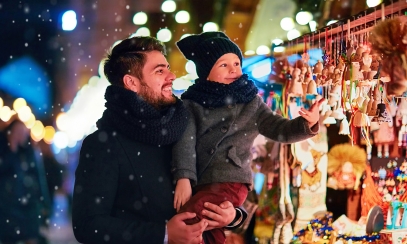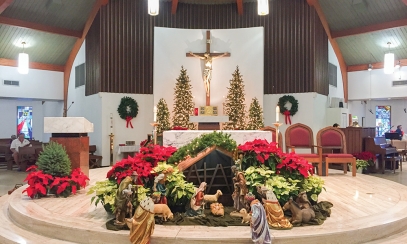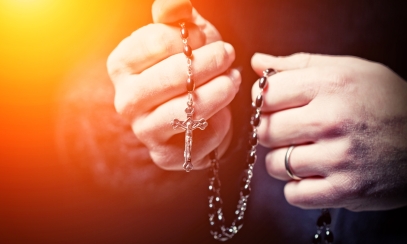
Reclaiming the Spiritual Roots of Halloween
Question: Celebrating Halloween can be somewhat controversial within Catholic circles. How can we, as Catholic families, help our children understand the spiritual roots of Halloween instead of just the spooky side?
Question: Celebrating Halloween can be somewhat controversial within Catholic circles. How can we, as Catholic families, help our children understand the spiritual roots of Halloween instead of just the spooky side?
Answer: The controversy surrounding Halloween arises largely from how cultural and commercial forces have distorted its original meaning. Once a simple vigil (All Hallows Eve) connected to the twin holy days of All Saints and All Souls, Halloween has evolved into an oversized commercial season—now the third most celebrated American holiday after Christmas and Thanksgiving. In the process, troubling cultural trends have emphasized darkness, fear, and the macabre, often at the expense of faith and virtue. Understandably, many Christians worry about exposing children and families to themes that glorify evil or trivialize the reality of death and the afterlife.
This distortion is not unique to Halloween. Other holy days have suffered similar secularization—Christmas, for example, has become centered more on shopping and sentimentality than on the birth of the Savior of humankind.
Yet when understood in its proper context, Halloween has some deep spiritual roots. Its earliest expressions in Celtic lands were indeed pagan, but the Druids reflected a genuine human concern: the mystery of death and the hope for life beyond it. As the harvest ended and winter loomed, ancient peoples faced the fear of mortality and sought meaning through rituals—bonfires dressing up in costumes, and the poor going door to door trading. When Christianity took root in these regions, the Church did not reject these instincts but transformed them. The bonfires that once pierced the darkness became symbols of Christ, the Light of the World. Prayers for the dead became acts of mercy. The fearful spirits of death were overcome by the triumph of the Resurrection celebrated in the feasts of All Saints and All Souls.
This process reveals a deeper spiritual truth.
By symbolically engaging our fears—through story, play, art, or ritual—we can process them safely and bring them into the light of faith.
Catholic spirituality does not deny fear; it transforms it. The Paschal Mystery of Christ shows us that every darkness can be redeemed, and every fear can find meaning in His promise of eternal life.
Today, Catholics continue to differ on how to approach Halloween. Some believe that any participation is incompatible with Christian faith, while others see that with discernment it can be redeemed as an occasion for community and witness. As Russell Moore, a Southern Baptist minister, observes in his Signposts podcast, St. Paul’s teaching in Romans 14 reminds us that in matters not clearly defined by Scripture, believers must follow their well-formed consciences without judging or despising others who decide differently. One may abstain or participate—but each must act in faith and charity.
Ultimately, Catholics should approach Halloween with prudence, avoid distortions, and focus on the spiritual dimensions as much as possible. Families and parishes can reclaim Halloween’s true meaning by rejecting distorted, fear-driven activities and find ways to promote its spiritual origins, a human longing for hope in the face of death and as the eve of All Saints and All Souls.



